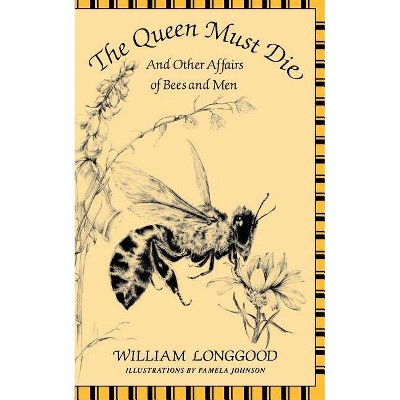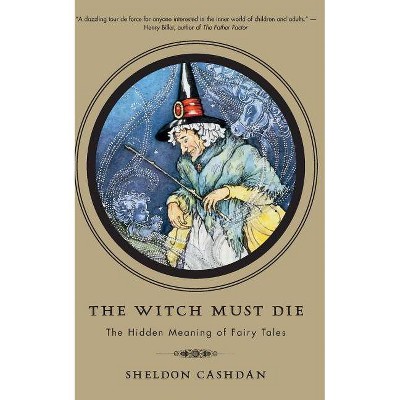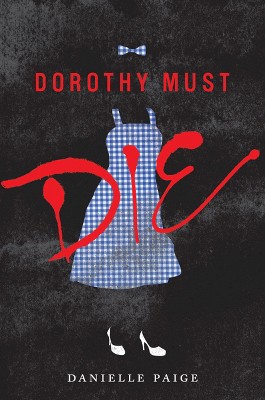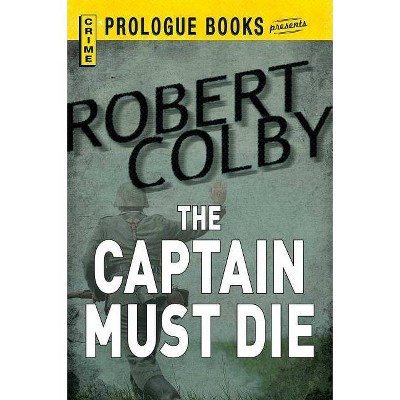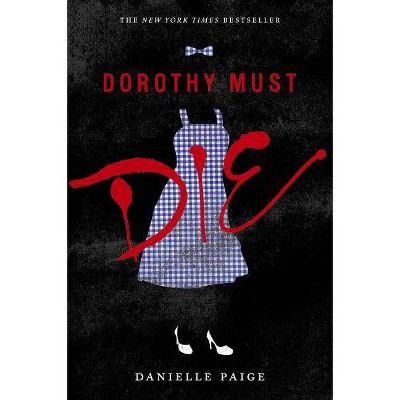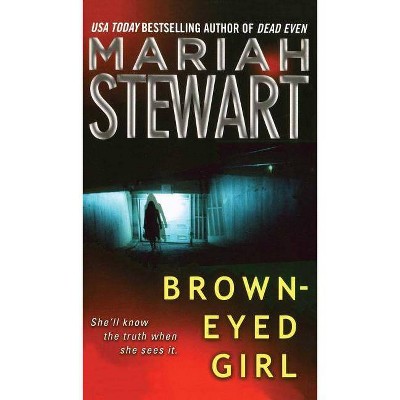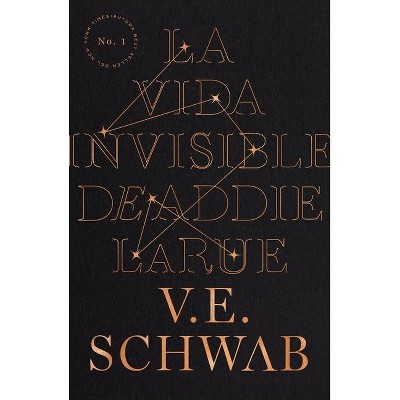The Murderess Must Die - by Marlie Parker Wasserman (Paperback)
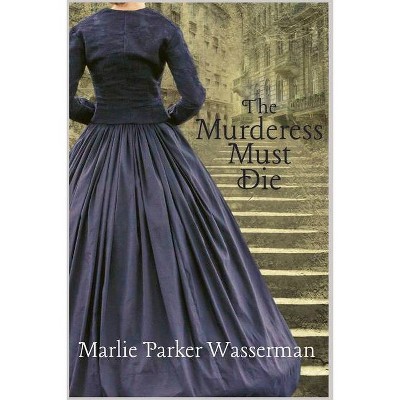
Similar Products
Products of same category from the store
AllProduct info
<p/><br></br><p><b> About the Book </b></p></br></br><p>The Murderess Must Die</em> is based on an actual crime.</p><p> </p><p> </p><p/><br></br><p><b> Book Synopsis </b></p></br></br><p>On a winter day in 1898, hundreds of spectators gather at a Brooklyn courthouse, scrambling for a view of the woman they label a murderess. Martha Place has been charged with throwing acid in her stepdaughter's face, hitting her with an axe, suffocating her with a pillow, then trying to kill her husband with the same axe. The crowd will not know for another year that the alleged murderess becomes the first woman in the world to be executed in the electric chair. None of her eight lawyers can save her from a guilty verdict and the governor of New York, Theodore Roosevelt, refuses to grant her clemency. </p><p><br></p><p>Was Martha Place a wicked stepmother, an abused wife, or an insane killer? Was her stepdaughter a tragic victim? Why would a well-dressed woman, living with an upstanding husband, in a respectable neighborhood, turn violent? Since the crime made the headlines, we have heard only from those who abused and condemned Martha Place. Speaking from the grave she tells her own story, in her own words. Her memory of the crime is incomplete, but one of her lawyers fills in the gaps. </p><p><br></p><p>At the juncture of true crime and fiction, The Murderess Must Die is based on an actual crime. What was reported, though, was only half the story.</p><p/><br></br><p><b> Review Quotes </b></p></br></br><br><p>"A true crime story. But in this case, the crime resides in the punishment. Martha Place was the first woman to die in the electric chair: Sing Sing, March 20, 1899. In this gorgeously written narrative, told in the first-person by Martha and by those who played a part in her life, Marlie Parker Wasserman shows us the (appalling) facts of fin de siècle justice. More, she lets us into the mind of Martha Place, and finally, into the heart. Beautifully observed period detail and astute psychological acuity combine to tell us Martha's story, at once dark and illuminating. The Murderess Must Die accomplishes that rare feat: it entertains, even as it haunts." - Howard A. Rodman, author of The Great Eastern </p><p><br></p><p> "The first woman executed by electric chair in 1899, Martha Place, speaks to us in Wasserman's poignant debut novel. The narrative travels the course of Place's life, describing her desperation in a time when there were few opportunities for women to make a living. Tracing events before and after the murder of her stepdaughter Ida, in lean, straightforward prose, it delivers a compelling feminist message: could an entirely male justice system possibly realize the frightful trauma of this woman's life? This true-crime novel does more-it transcends the painful retelling of Place's life to expand our conception of the death penalty. Although convicted of a heinous crime, Place's personal tragedies and pitiful end are inextricably intertwined." - Nev March, author of Edgar-nominated Murder in Old Bombay </p><p><br></p><p> "The Murderess Must Die would be a fascinating read even without its central elements of crime and punishment. Marlie Parker Wasserman gets inside the heads of a wide cast of late nineteenth century Americans and lets them tell their stories in their own words. It's another world, both alien and similar to ours. You can almost hear the bells of the streetcars." - Edward Zuckerman, author of Small Fortunes and The Day After World War Three, Emmy-winning writer-producer of Law & Order </p><br>
Price History
Price Archive shows prices from various stores, lets you see history and find the cheapest. There is no actual sale on the website. For all support, inquiry and suggestion messages communication@pricearchive.us
